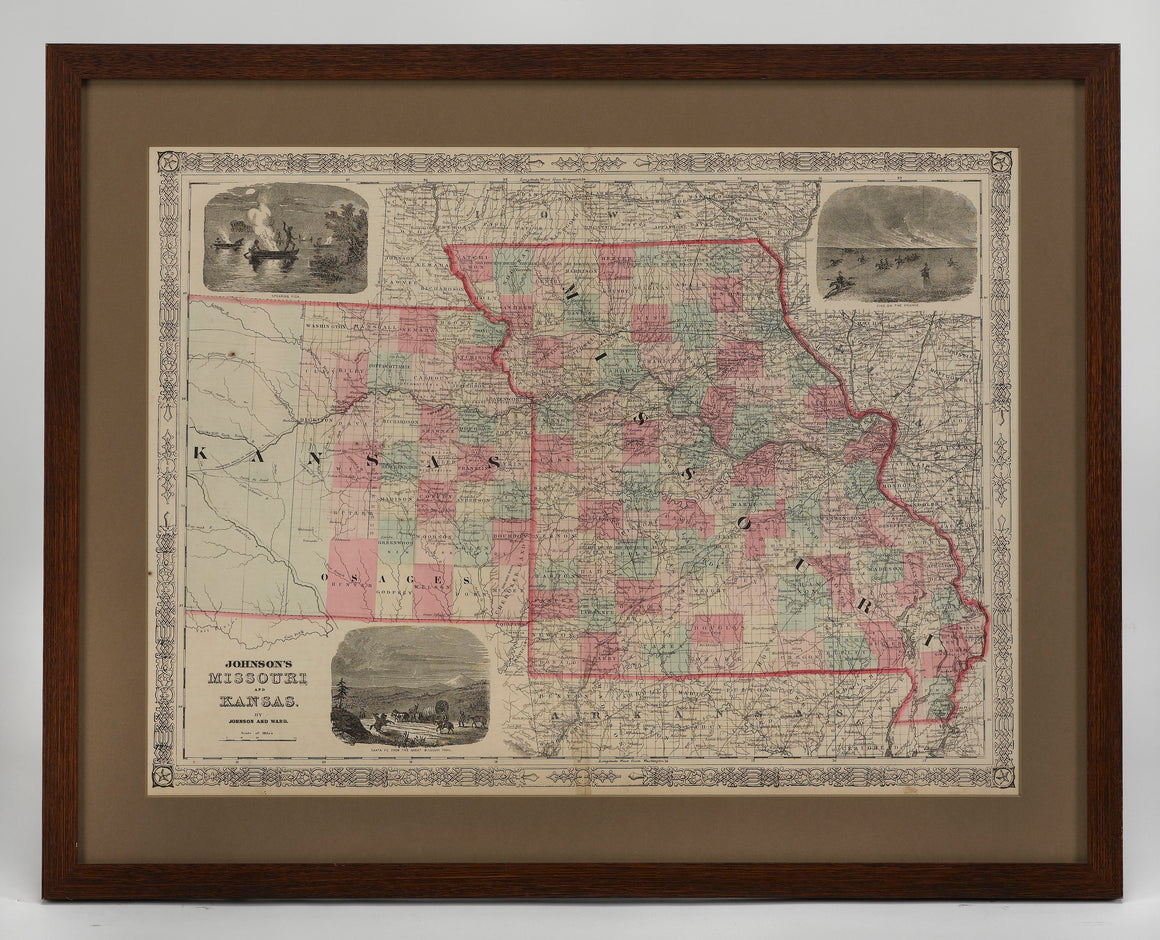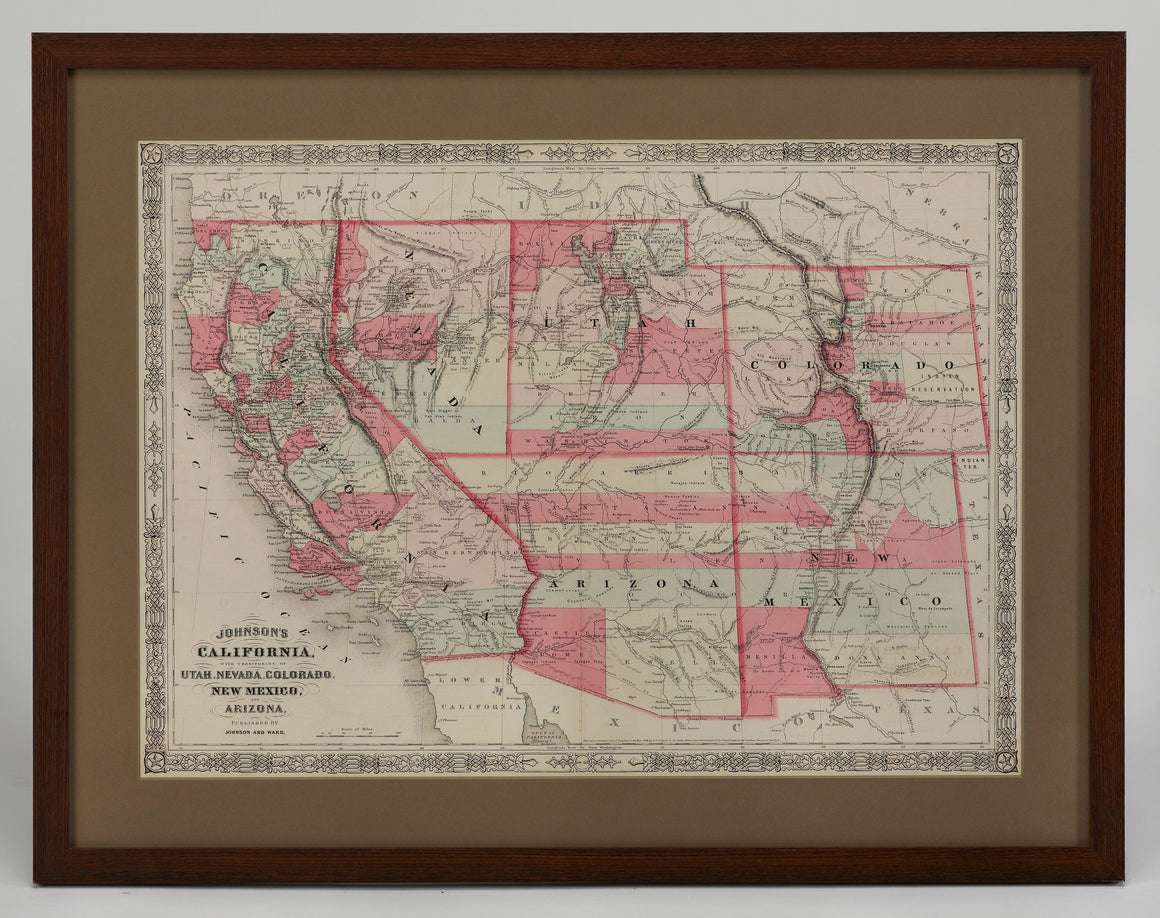“House of Representatives & Civil Rights Bill” Wood Engraving by Harpers Weekly, 1866
$950.00
This original wood engraving is titled “The Lobby of the House of Representatives at Washington During the Passage of the Civil Rights Bill.” It was published as a double-page image, in the April 28, 1866 issue of the famous 19th century newspaper Harper’s Weekly.
Harper’s Weekly published this scene of the expectant crowd outside the House Chamber as the House voted to override President Andrew Johnson’s veto of the Civil Rights Bill of 1866. The bill marked the first time Congress legislated upon civil rights. The new law established that all persons born in the United States, regardless of race, color, or "previous condition of slavery or involuntary servitude," were entitled to basic rights of citizenship "in every state and territory in the United States." The law pointedly excluded “Indians, not taxed” from these rights.
Senator Lyman Trumbull of Illinois first introduced the bill in the Senate on January 5, 1866. According to Trumbull, the “abstract truths and principles” of the Thirteenth Amendment meant nothing “unless the persons who are to be affected . . . have some means of availing themselves of their benefits.” On February 2, the Senate voted to approve the bill 33-12. On March 13, the House of Representatives approved the legislation by a vote of 111-38, with 34 members not voting.
On March 27, 1866, President Andrew Johnson vetoed the Civil Rights Act. President Johnson disagreed with the level of federal intervention implied by the legislation. In his veto message, he said the bill was “another step, or rather a stride, toward centralization and the concentration of all legislative power in the national Government.” Yet for many Republicans, who had evidence of widespread mistreatment of African Americans in the South and a belief that the federal government should have a hand in reshaping the postwar South, the measure seemed the next logical step after the ratification of the Thirteenth Amendment on December 18, 1865.
On April 6, the Senate voted 33-15 to override Johnson's veto. The House followed suit on April 9, 1866, by a vote of 122-41, with 21 members not voting. As a result, the Civil Rights Act of 1866 became law.
Harper’s Monthly Magazine was founded by Fletcher Harper in 1850. Edited by Henry Raymond, the journal initially aimed to be a premier literary magazine and focused on publishing established authors such as Charles Dickens and William Thackeray. The venture was a great success and in 1857 the company also began publishing a pictorial weekly newspaper, Harper's Weekly.
Harper's Weekly was one of the first American newspapers to incorporate woodcut illustrations. By 1860 the circulation of Harper's Weekly reached 200,000 and it became the nation’s most influential newspaper.
CONDITION:
Good condition. Wood engraving, with hand-colored watercolor wash. Healthy paper, with good margins and only light rippling of paper at top. Centerfold present, as issued.
Print is custom-framed with colored double mats, a gold filet, and wooden frame. Framed Dimensions: 23" H x 29 1/4" W x 1 3/8" D.
Share:
Related Items
Antiques
American-Made Goods
News & Updates
Sign up to get the latest on sales, new releases and more …
© 2024 The Great Republic. All Right Reserved.











